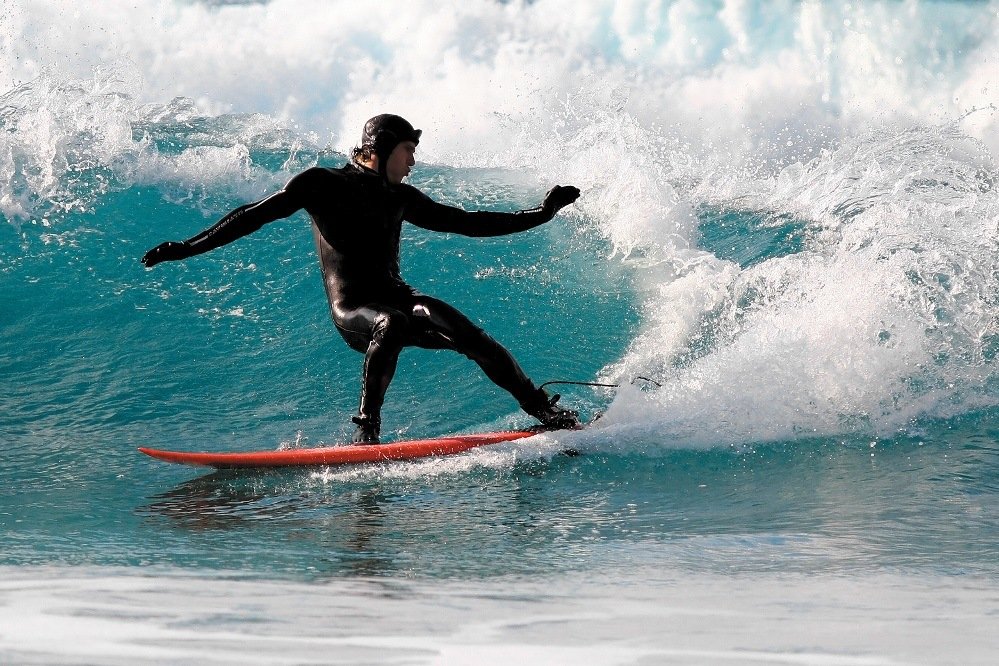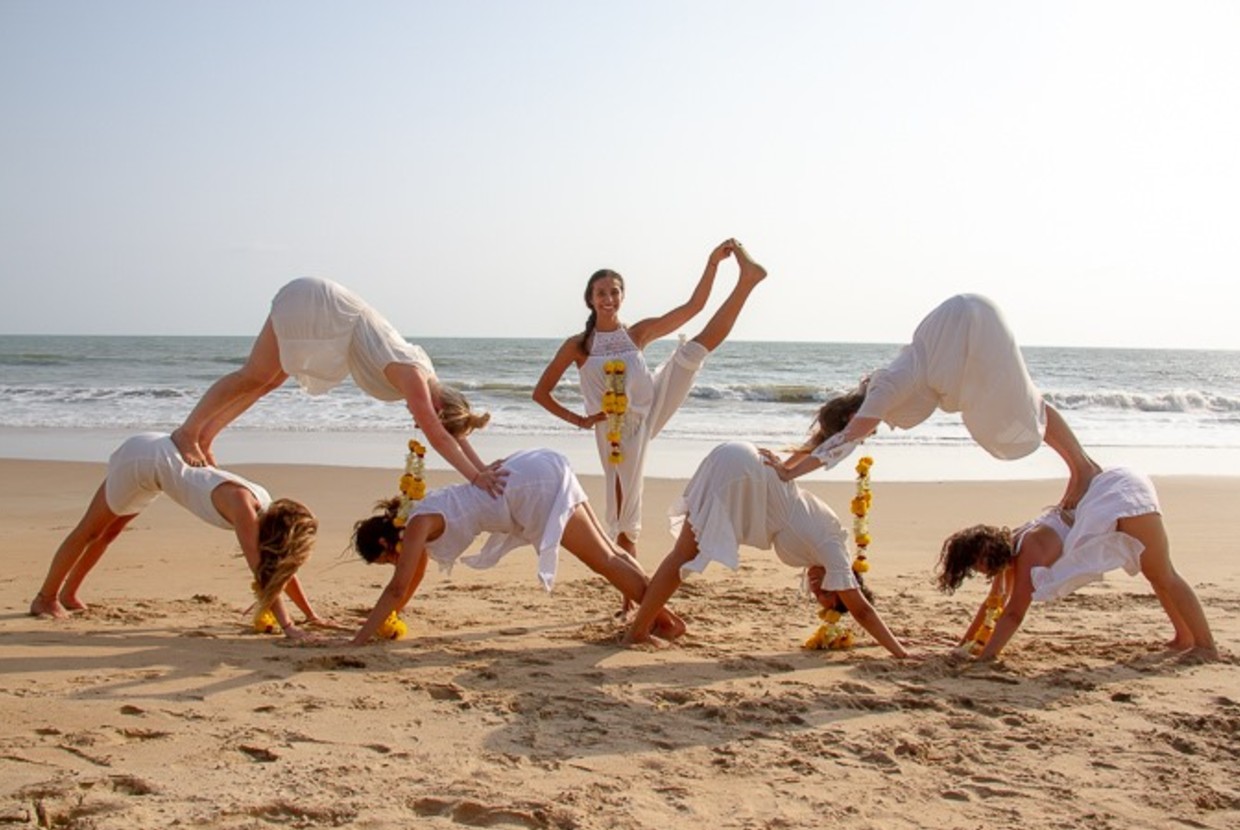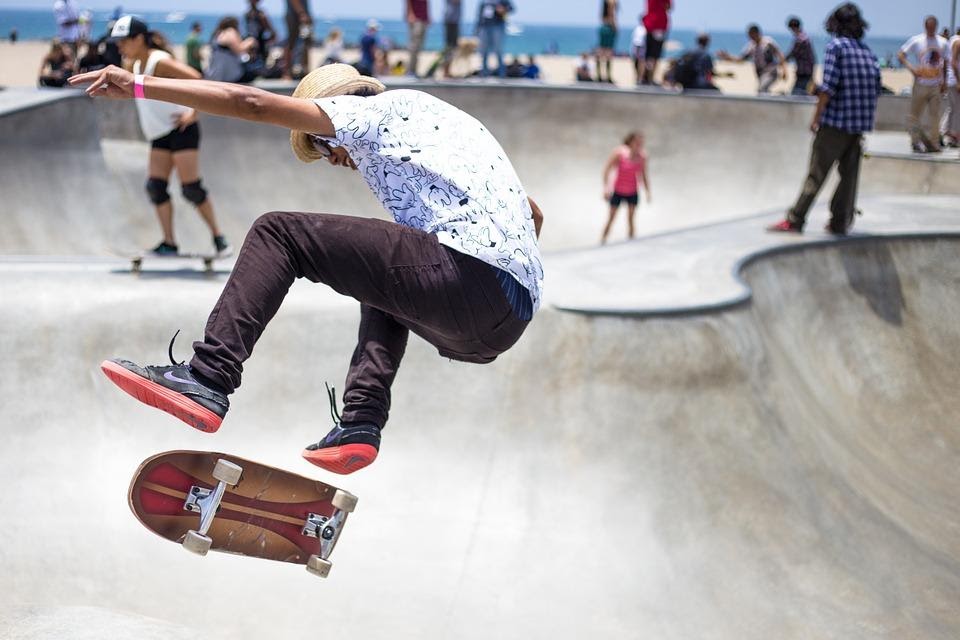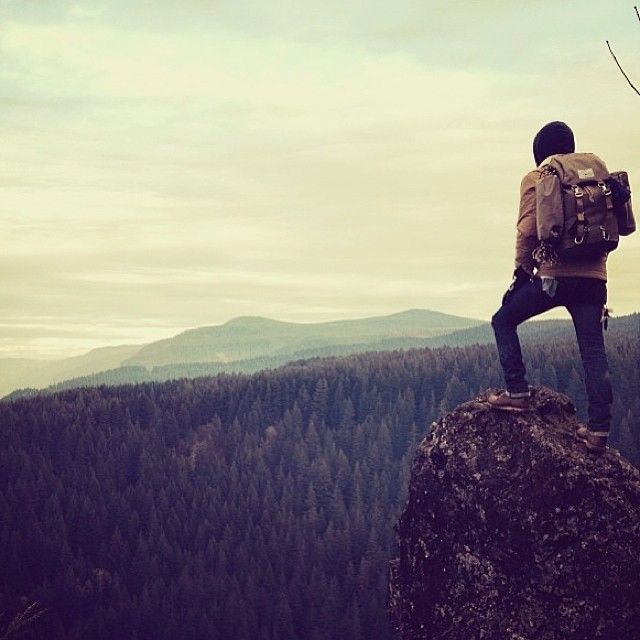Surfing’s more popular than ever before. Over 1.7 million people in America hop on a board and hit the waves each year. That’s an impressive statistic considering the mass of landlocked states in the US!
You can’t blame them, either. To learn how to surf is to be wet and wild. You forget about your worries, spend time in nature, and get some epic exercise in the process. It’s more than just a hobby, too. Surfing’s a culture, an identity, and a way of life.
Table of Contents
Want to be part of it?
Picking up a surfboard for the first time is an exciting prospect. But you soon realize that is isn’t as easy as it looks. There’s a lot to learn, and we want to help. Ready to get started?
Read on for 6 top tips that’ll have you happily riding the waves in no time.
- Practice the Basic Movement on Land
Every newbie develops their surf legs on dry land first.
It might sound silly. After all, you want to be out there on the ocean, in amongst it and practicing as the waves roll in. People can, and do, dive in at the deep end like this. However, you’d soon be the bane of other, more experienced, surfers out there! You’ll be in their way, with no idea what to do, and wielding a big board that can do serious damage.
Heading out there with the basics covered is better for everybody. And that begins with mastering the actual movement of standing up.
Practice laying down on your front and jumping up into a standing position. In one movement, push your hands away from the ground beneath your chest and pop up into the ‘surf’ position (with one foot in front of the other). Keep practicing until you nail it.
- Get Yourself the Gear
It’s almost time to get in the water! First, though, you need to be suited and booted for the surfing to come.
There are two basic items to sort out:
- A surfboard (complete with a leash that connects from your ankle to the board) and wax (to apply to the board and stop you slipping), and
- A quality swimsuit that won’t shift around or fall down in embarrassing ways.
Of course, you might want a wetsuit as well. In cold water, it’ll be an absolute lifesaver. The best wetsuits for surfing will vary depending on the temperatures in which you’ll be surfing.
Find one that offers the right size, thickness, and coverage. Colder water demands thicker suits and whole-body cover.
Not ready to invest in your own gear? Rent them instead. Head down to the local surf beach and you’re sure to find a place to rent everything you need.
-
Understand the Etiquette
You’re about to enter a whole new world. And, like any new place, there a culture and etiquette that you don’t yet understand. You’re the new kid at school, with no idea what goes.
Here are two basics to begin your education:
- Try to find surf spots that are good for beginners! Think small waves and lots of space. Anything too big or crowded is going to make it impossible for you to learn properly. You’ll be getting in peoples’ way a lot too, which isn’t fun for anyone.
- The surfer who is ‘deeper’ (aka closer to where the wave is breaking) has right of way. If you’re further away from the break and try to catch the same wave, then you’ll instantly get in their way. Let them go and wait for the next wave to come.
-
Paddle Hard, Fast, and Sensibly
You’ve got the gear, understand the etiquette, and know-how to pop up into position. You’ve found a quality beginners’ surf spot with lots of waves coming in for practice. It’s time to start surfing.
Bide your time for a good wave that’s got enough push behind it to carry you along. This takes time to learn, but a good starting point is watching which waves the surfers around you try to catch.
You’ll see them turn to face the shore when they spot a goodie!
The next step is all about timing and paddle power. As the wave approaches, turn the nose of the board around to face the shore. Start a slow paddle to build up momentum.
Keep the board perpendicular to the wave and kick your paddling up a notch. Give it (almost) everything you’ve got as you feel the wave start lifting the rear of your board.
-
Feel the Power
Paddle as hard as you can for the last few strokes before standing up. You’ll feel a push as the wave’s power starts carrying you along. That’s when you pop up! Stop paddling, face forward, and pop up as you practiced.
Try not to hesitate. Any doubt or reservation will end in defeat! At best, you can expect to end up on your knees as the wave carries you along. Commitment is the key to success.
Stay relaxed and confident. Forget your feet, your board, and the wave. Look ahead, bend your knees, stick your arms out for balance, and enjoy the ride!
-
Stay Safe
Like anything, practice makes perfect with surfing. The more you do it, the better you’ll get. However, always keep your safety in mind as you go.
For example, try and cover your head whenever you fall into the water. This will help protect you from any submerged items around. Likewise, you’ll prevent the possibility of your board hitting you in the head as you re-emerge on the surface.
Time to Learn How to Surf!
Learning how to surf opens the door to more than just a sport.
You join the ranks of chilled-out beach bums everywhere who love nothing more than a day riding the waves. Expect it to take some time to master. Get the hang of it, though, and you’ll be as hooked as the rest of us.
Hopefully, the tips in this post will get you there sooner rather than later.
Check out our website to read more posts like this.
I am a 26 year old young and witty girl, who simply loves to write and be around her friends. I am the one who believes in filling the heart of her readers with love, passion and contentment.





